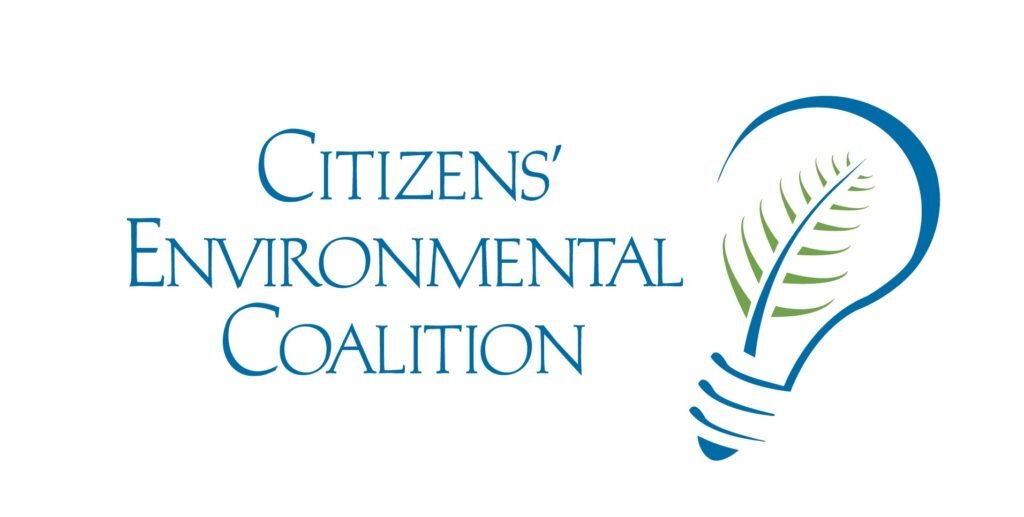Air Quality
Below are resources to teach about air quality in Houston.
Overview
Courtesy of Environment Texas.
Houston has a problem: our air isn’t always clean. Primary pollutants come directly from motor vehicles and industry. These include carbon monoxide and sulfur dioxide. When pollutants react they form secondary pollutants, like ground-level ozone.
Air Alliance compiled extensive information about our “Dirty Dozen“ (in PDF Version or Word Version) air pollutants, due in large part to local industry.
In Houston, we struggle to reach compliance with ground-level ozone and particulate matter.
According to the EPA, “breathing ozone can trigger a variety of health problems including chest pain, coughing, throat irritation, and airway inflammation. It also can reduce lung function and harm lung tissue. Ozone can worsen bronchitis, emphysema, and asthma, leading to increased medical care.” Learn more about health effects from the EPA. Particulate matter has many negative health (asthma, heart attacks) and environmental (haze, acid deposition) impacts, too. Learn more from the EPA.
Ground-level ozone and particulate matter are regulated by the Clean Air Act, in addition to carbon monoxide, lead, nitrogen oxides, and sulfur dioxide.
Activities/Lessons
High/middle School
Project-Based Learning Guide from Children’s Environmental Literacy Foundation. Interdisciplinary, 11th grade.
Includes lessons for air quality, climate change, biofuels/energy sources, and community action. Students created podcasts and exhibited with local stakeholders.
5E Lesson from local teacher on Air Quality in Houston in PDF or Word Version
Includes extensions for body systems, plants, chemical reactions, ocean acidification, particulate matter and human impact. Filled with local resources. Good for MS Science, HS Chemistry, HS Biology, HS Environmental Science.
Teach Engineering Activity
Teach Engineering Activity: Students capture and examine air particles to gain an appreciation of how much dust, pollen and other particulate matter is present in the air around them. Students place "pollution detectors" at various locations to determine which places have a lot of particles in the air and which places do not have as many. Interdisciplinary, differentiated for any grade level.
Explore the chemical reaction between frozen carbon dioxide (Dry Ice) and water to explain ocean acidification with an activity from NOAA. The Flower Garden Banks National Marine Sanctuary is off the coast of Texas. Extend the lesson with a look at the sanctuary!
Take Care of Texas Resources
Introduction to Air Quality for 3 - 5th grade
Texas & The Clean Air Act for 6 - 8th grade
Layers of the Atmosphere for 6 & 8th grade
List of Air Pollutants with Sources, Impacts from J. Rowdwald
Two activities to get kids outside: Using lichens as an indicator of air quality & Finding particulate matter in PDF or Word Version
Explore air quality in your neighborhood, and compare it with Air Quality Index data sets from across the country using AIR NOW. Everyday, the AQI tells us how clean or polluted our outdoor air is, along with associated health effects that may be of concern. You can sign up for text alerts via EnviroFlash for changing air quality measures.
All ages
Take Care of Texas: List of practical ways students can improve air quality and a bookmark on Ozone
Complete a Transportation Audit (PDF Version) or Word Version with resources from the National Wildlife Federation.
The Air Champions – Social Change Scientists (ACSCS) are a Global network of passionate, community focused Humans committed to creating thriving healthy neighborhoods free from air pollution. The initiative was launched on Earth Day 2020 by McMac Cx, a Social Enterprise, in partnership with the Environment Tech company Plume Labs. The Children’s Environmental Literacy Foundation (CELF) - Air Champions are a select group of educators from across the country who have the same passion for and commitment to clean air for all. These educators have participated in CELF’s Civic Science: Inquiry to Action program and thus have gained a deep understanding of Project-Based learning and how to implement related instructional practices into the classroom, connecting students to real-world challenges in their own neighborhoods. Contact Lisa Gianukos at the Children’s Environmental Literacy Foundation for information.
Utilize the AirNow Air Quality Index Toolkit PDF Version Version or WORD Version - lesson plans & fun activities for K-8th grade.
Videos
More Air Quality Videos on the Citizens’ Environmental Coalition’s YouTube Channel
How is the Air Quality in your neighborhood? Text in Spanish.
A look at air quality in different parts of your neighborhood - using the Plume Flow.






